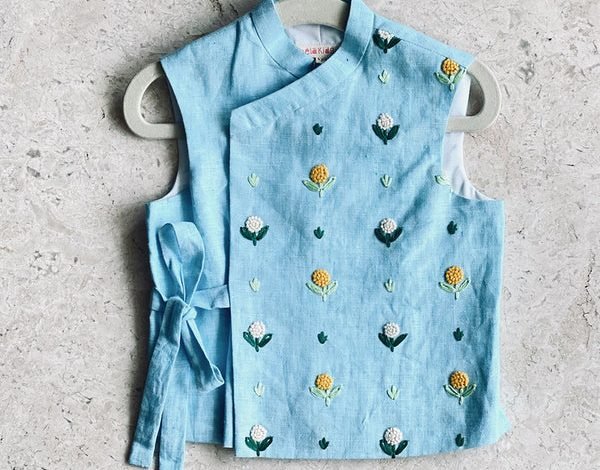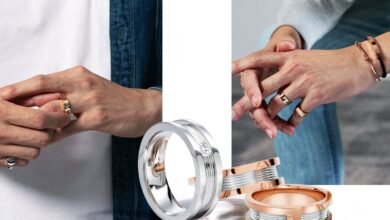Five Fabrics That Work Best for Children’s Clothes

The first time you become a parent, your life suddenly changes because you have a little one to love and care for the rest of your days. The experience of raising a child, especially when dressing your little one in elegant and comfortable clothing, is one of the most memorable and joyful parts of being a parent. Explore wide range of ethnic collection at Amala Earth, curated organic marketplace for ethnic online shopping. It offers all kinds of ethnic wear for infants in various designs and colors. When purchasing children’s clothing, it is crucial to know which textiles are appropriate for their age.
Specific factors to consider when selecting fabrics for kids’ clothing are:
- The weave is crucial in kids’ wear. If a fabric’s weave shows light between the fibers, it’s likely not durable enough for a child to wear as it may tear easily. Tightly woven fibers don’t move as readily, so dirt can’t get between them and ruin them.
- Children’s clothing or newborn ethnic wear must be wrinkle-free. If a cloth wrinkles when squeezed and doesn’t smooth out, it will remain wrinkled when a youngster wears the finished outfit.
- Parents sometimes ignore safety when choosing children’s apparel. For example, chemically treated synthetic materials may irritate children’s sensitive skin. Natural, chemical-free materials are healthier for children.
Best Fabrics for Children’s Clothing
There is a range of fabric options for children from which you might draw inspiration for your following collection:
1) Organic Cotton: Using organic cotton in textile production is widely recognized as one of the most eco-friendly practices. Producing organic sustainable clothing for children from organic cotton cultivated free of synthetic fertilizers, pesticides, and other chemicals is an excellent choice. Kids clothing makers use this fabric in almost every garment, including organic clothes for infants and kids like organic cotton shirts, cotton shorts, organic cotton kurtas, and many more.
2) Linen: Cotton and linen are two of the most popular natural fibers. When it’s hot outside, linen clothing is ideal. It’s hard to tell the difference between linen and hemp regarding sustainability. In addition, the textiles are very lightweight, breathable and absorb so much moisture. For those who don’t already know, linen is a staple in everything from linen apparel to linen bedding. Linen is a low-cost fabric that holds its color well and can be used for children’s clothing for items like linen kids bed sheets, linen shirts and linen shorts. Linen and linen mixes are also easy to clean.
3) Organic Hemp: Organic hemp, a natural material free of pesticides and chemicals, is another option for eco-friendly children’s clothing. In addition, it has a higher yield than cotton, is suitable for the land, and uses much less water. However, hemp tends to be a little more costly than other sustainable organic materials since it has many advantages and is more challenging to develop. Still, they do make excellent children’s ethnic wear.
4) Bamboo Textile: It is possible to harvest bamboo without destroying the plant itself. Bamboo can swiftly renew itself because it is one of the plants that grow the quickest on the planet. In the same way that hemp absorbs more CO2 than certain trees, bamboo does the same. It doesn’t need much in the form of inputs, and it can get by just fine in the rain. Many regular and children’s ethnic wear online options are made from bamboo textiles.
A child’s skin is sensitive, and they don’t care whether the outfit looks dazzling to others; they only want a comfortable garment they may run about freely. Your fabric choices help them feel confident. Children’s apparel made from natural fabrics is a favorite. Choosing eco-friendly clothing for kids online from platforms like Amala Earth is the most fantastic decision, whether for regular wear or a celebration.
To read more article click here.



